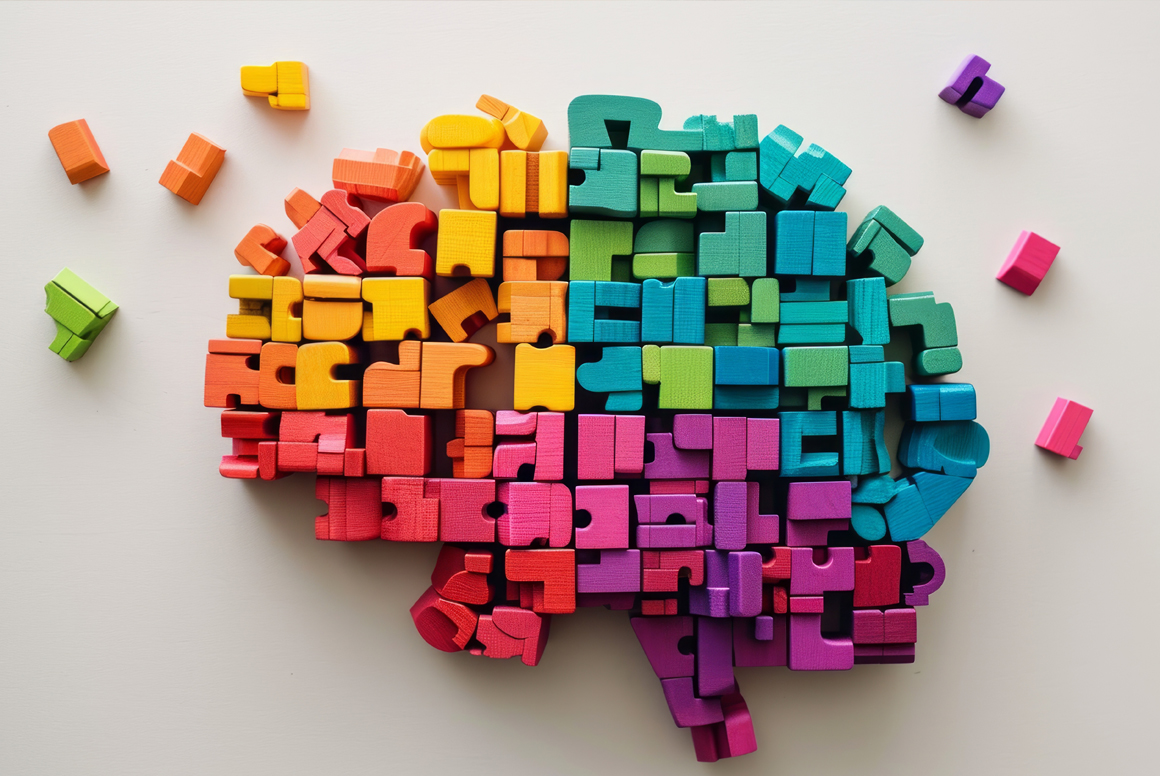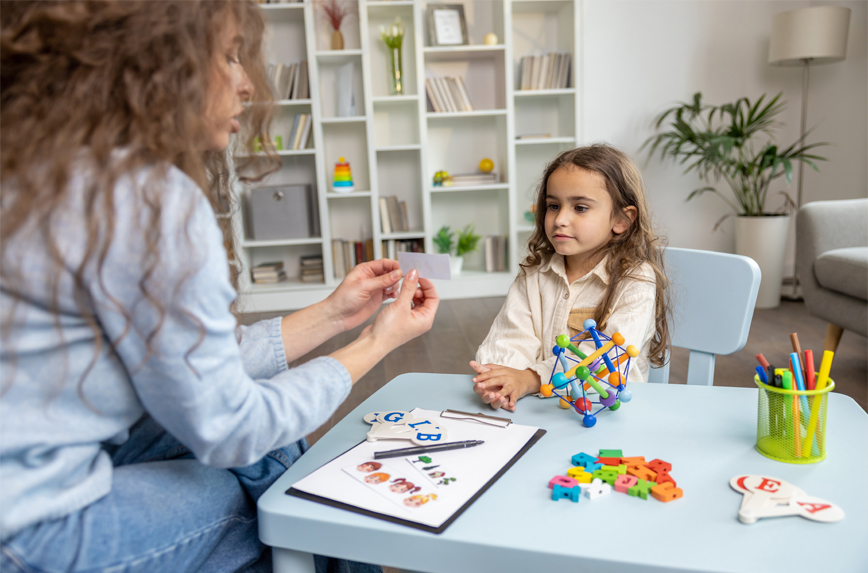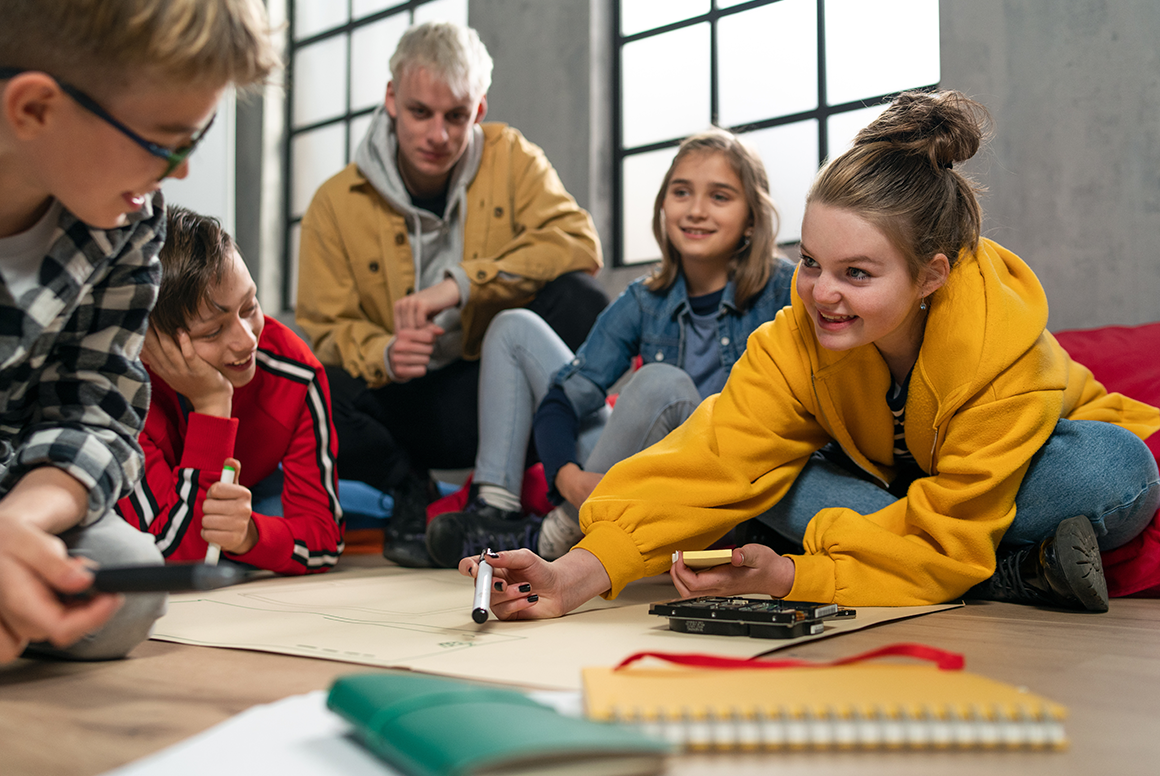
Teaching Strategies for Supporting Neurodivergent Students: Inclusive Approaches
Rethinking Our Role as Teachers
Teaching is a journey of continuous learning. Every classroom is filled with students who see the world differently, process information in unique ways, and bring diverse strengths and challenges. As educators, we can’t just be transmitters of knowledge; we must be facilitators of learning, creating safe spaces where all students can grow, develop their skills, and succeed.
One of the most transformative shifts we can make in our teaching is recognizing neurodiversity: the fact that human brains function in varied and unique ways. It’s common for students who struggle with traditional learning methods to be seen as “problematic” or “difficult,” but the truth is, they are not broken, and they are definitely not sick. Their ways of thinking, learning, and interacting with the world are not deficits but natural variations that enrich our classrooms.
By understanding neurodiversity, we can move away from trying to “fix” students and instead focus on adapting our teaching to support all learners. This shift doesn’t just benefit neurodivergent students, it makes education better for everyone.
What Is Neurodiversity, and Why Does It Matter?
The term neurodiversity was introduced in the 1990s by sociologist Judy Singer, who wanted to challenge the idea that conditions like autism and ADHD were “disorders” that needed to be treated or cured. Instead, she proposed that neurological differences are just another form of human diversity, much like cultural or linguistic diversity.
Globally, 15-20% of the population is neurodivergent (Northwestern Medicine, 2024). It means that in any classroom, there are students who learn and process information differently than what the traditional school system is designed for. Neurodivergent learners may face challenges with certain tasks, but they also bring unique strengths:
- Students with ADHD often show high creativity and quick problem-solving skills.
- Students with dyslexia tend to excel in visual thinking and storytelling.
- Autistic students often have deep focus and strong analytical skills.
Understanding neurodiversity means seeing these students not as “problems” but as individuals with different learning needs. This perspective shift is crucial because when students feel understood and supported, they thrive.

Shifting from “Fixing” to Supporting
Many neurodivergent students face misunderstanding and stigma in traditional classrooms. When a student struggles to sit still, process written instructions, or participate in group activities, they are often labeled as “misbehaved” or “unmotivated.”
The reality is that these students are not choosing to struggle, and they are not being “rebellious.” They are navigating a system that wasn’t built with them in mind.
Instead of trying to make neurodivergent students fit into a rigid learning structure, we can ask ourselves:
How can we make learning more flexible so that all students can access and engage with lessons and materials?
This is where inclusive strategies come in. By adopting different teaching approaches, we ensure that neurodivergent students, and all our students, are not just accommodated but empowered.
Practical Strategies for an Inclusive Classroom
- Universal Design for Learning (UDL) Strategies
The UDL framework offers practical ways to create flexible learning experiences that accommodate all students. It’s a great starting point for making classrooms more inclusive.
Multiple Means of Engagement (The “Why” of Learning)
Offer choice boards so students can select how they engage with a topic (e.g., watching a video, reading, or discussing in a small group).
Use games and interactive activities (like Kahoot or escape room challenges) to keep students engaged.
Multiple Means of Representation (The “What” of Learning)
Provide multisensory input (videos, images, hands-on activities) instead of relying only on text-based learning.
Use graphic organizers (mind maps, charts) to help students structure information visually.
Multiple Means of Action and Expression (The “How” of Learning)
Let students choose how they demonstrate understanding: writing, drawing, creating a video or reel, or giving an oral presentation.
Provide sentence starters or guided worksheets to support students who need structured scaffolding.
- Classroom Environment Adjustments
Flexible Seating: Allow students to choose where they learn best—some may prefer a quiet corner, while others need movement-friendly seating.
Sensory Breaks: Integrate short brain breaks, stretching, or fidget tools for students who need movement to stay focused.
Predictability and Routine: Use clear schedules and visual timetables to reduce anxiety for students who need structure.
- Communication and Social Support
Explicit Instructions: Give step-by-step directions both verbally and visually to accommodate different processing styles.
Alternative Participation Methods: If a student struggles with speaking in front of the class, allow them to share thoughts through writing or small-group discussions.
Positive Reinforcement: Focus on what students do well, rather than just correcting mistakes. Encouragement helps build confidence!
- Adapting English Language Teaching (ELT) Methods
Break Tasks into Smaller Steps: Instead of giving a long set of instructions, provide one clear step at a time.
Use Technology: Apps like Text-to-Speech (TTS), dictation tools, or audiobooks can support students with reading difficulties.
Connect Lessons to Students’ Interests: If a student loves a specific cartoon or music genre, incorporate related reading materials or writing prompts. Personal connections make learning more meaningful.
Final Thoughts
Neurodivergence is not a puzzle to be solved—it’s a unique rhythm to listen and learn from. As educators, we have the opportunity to see beyond challenges and embrace the richness of diverse minds.
The more we understand and embrace neurodiversity, the more effective and compassionate our teaching becomes.
By implementing inclusive strategies, we don’t just support neurodivergent students—we ensure that all students feel valued, supported, and empowered to learn in their own way.
So, let’s move beyond one-size-fits-all education and truly teach for every mind!

Resources:
- Armstrong, T. (2010). The Power of Neurodiversity: Unleashing the Advantages of Your Differently Wired Brain. Da Capo Lifelong Books.
- Godwin, A., & Potvin, G. (2024). “Not a cookie cutter situation”: How neurodivergent students experience group work in STEM courses. International Journal of STEM Education, 11(12). https://doi.org/10.1186/s40594-024-00508-0
- Lambe, S., Hall, R., & Hodge, S. (2024). A rapid review of supports for neurodivergent students in higher education. Advances in Methods and Practices in Psychological Science, 7(1). https://doi.org/10.1177/27546330241291769
- Northwestern Medicine. (2024, April). Understanding Neurodiversity. Northwestern Medicine. Retrieved from: https://www.nm.org/healthbeat/healthy-tips/Understanding-Neurodiversity
- Singer, J. (1999). ‘Why can’t you be normal for once in your life?’ From a ‘problem with no name’ to the emergence of a new category of difference. In M. Corker & S. French (Eds.), Disability Discourse (pp. 59–67). Open University Press.
- Smith, A. B., & Jones, C. D. (2020). Inclusive Teaching Strategies for Diverse Learners. Journal of Educational Research and Practice.


